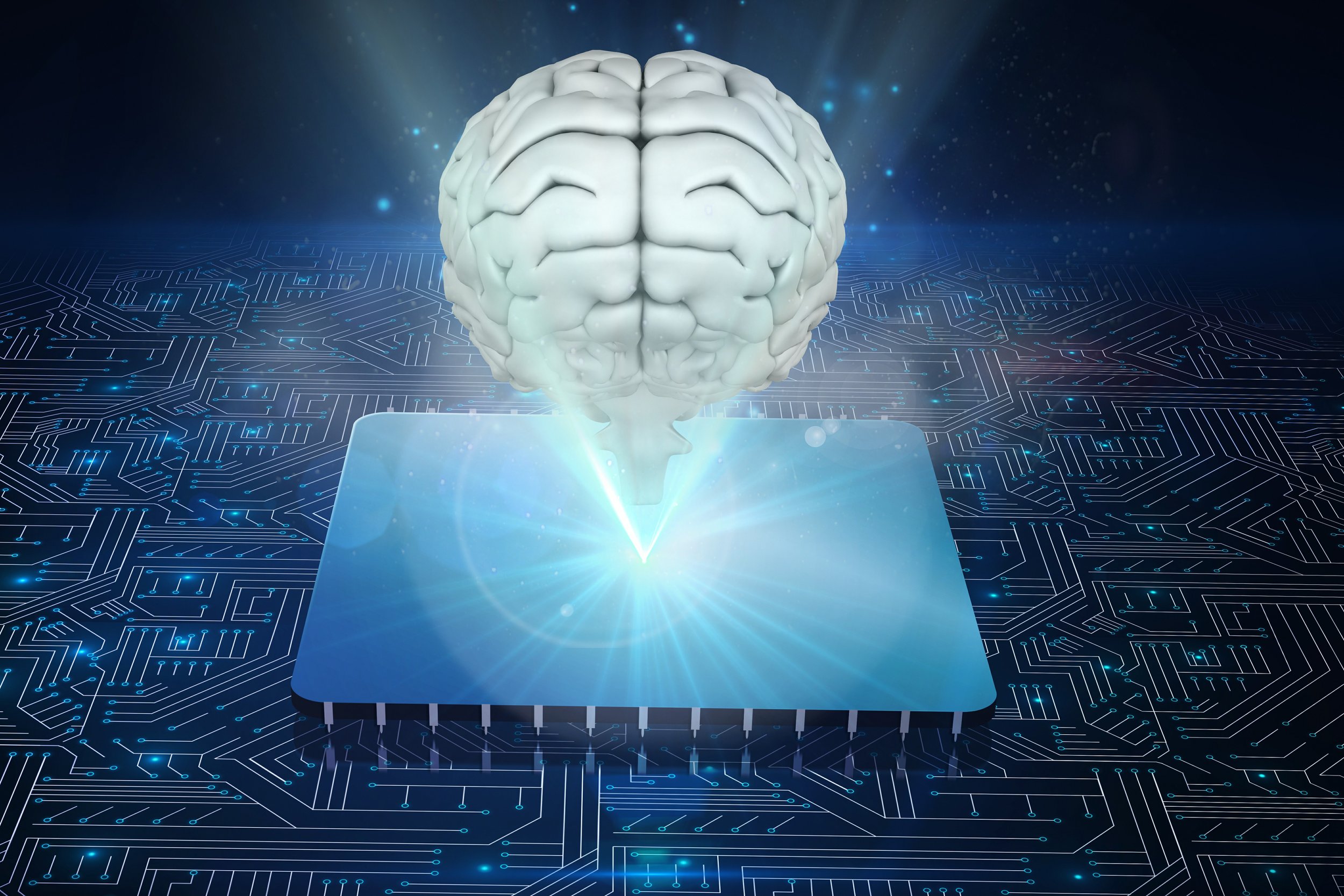
TechNews
Latest updates and insights on tech.
Detecting Deepfakes
Deepfakes—synthetic media designed to manipulate or fabricate realistic depictions—present escalating risks in the digital era. This analysis evaluates the development of detection methods and the limitations of current countermeasures, as well as the legal complexities surrounding accountability and regulation. A comprehensive strategy combining technology, policy, and public awareness is essential to combat this threat.
Fitness Tracker Accuracy
Fitness trackers offer valuable insights into metrics such as step count, heart rate, and calorie expenditure; however, their accuracy varies due to sensor limitations, user behavior, and algorithmic interpretation. This analysis highlights key challenges in wearable technology and underscores the importance of users critically evaluating data for informed health decisions. As these devices gain popularity, understanding their reliability is crucial for setting realistic expectations and ensuring effective usage.
Data Privacy Regulations
The rapid expansion of digital data collection has prompted diverse regulatory responses worldwide, creating complex compliance challenges for multinational organizations. This analysis examines how major privacy frameworks differ in their approaches to consent requirements, data subject rights, and cross-border data transfers—critical considerations for technology firms operating across jurisdictions.
Smart Home Integration
This piece examines the cutting-edge technologies powering next-generation smart homes, from adaptive AI systems to seamless IoT integration. Discover how modern homes optimize energy use and provide unprecedented security through biometric recognition and predictive maintenance. The article also looks ahead to emerging innovations that will redefine residential living in the years to come.
AI in Art
Artificial intelligence is revolutionizing creative industries, as algorithms now compose music and generate visual art that competes with human-made creations. This technological advancement raises significant questions about the essence of creativity while also democratizing artistic expression for non-traditional creators.
Data Analytics in Sports
The sports industry has entered a new era of performance optimization through the use of advanced data analytics. By systematically collecting and interpreting vast datasets, teams now gain unprecedented insights into athlete physiology, opponent tendencies, and game dynamics. This data revolution is giving rise to a new breed of hybrid professionals who combine coaching expertise with analytical skills.
Nanotech in Drug Delivery
Conventional drug delivery methods, limited by poor specificity and systemic side effects, may soon be revolutionized by nanotechnology. Engineered nanoparticles enable precise targeting of diseased cells, enhancing therapeutic efficacy while minimizing harm to healthy tissue. This breakthrough could redefine treatment protocols across medicine, particularly for previously untreatable conditions.
Voice Assistants: Evolution
Driven by groundbreaking advances in natural language processing, modern voice assistants have evolved dramatically from basic voice recognition to sophisticated, context-aware systems capable of understanding complex intent and nuanced human speech. Seamlessly integrated into daily life, they now handle diverse, complex tasks with remarkable near-human precision.
Hybrid Cloud: Scalable IT
A hybrid cloud strikes a balance between scalability and control, integrating public and private environments. Enterprises keep sensitive data on-premises while accessing burstable compute—though implementation requires robust orchestration to manage security and multi-vendor challenges. This architecture is particularly valuable for industries with stringent compliance requirements, such as finance and healthcare.
ML in Financial Fraud
Modern ML systems analyze transaction patterns and user behavior to flag potential fraud with greater accuracy than traditional rule-based approaches. While deep learning detects complex schemes, challenges like model interpretability and adversarial attacks drive innovation in explainable AI techniques. The field continues to evolve with hybrid models that strike a balance between detection speed and adaptability.
Bioprinting in Medicine
This transformative technology combines advanced 3D printing with living cells to fabricate functional tissues, addressing the critical challenges of organ shortages. Current breakthroughs include the successful printing of skin grafts, cartilage, and vascular networks. With bioink formulations evolving to better mimic native extracellular matrices, the field moves closer to clinical applications that could redefine transplantation medicine.
Digital Twins in Manufacturing
Digital twins create precise, dynamic, real-time replicas of physical assets, processes, and systems. Asset twins monitor equipment continuously and proactively, process twins optimize production flows efficiently, and product twins accelerate design iterations significantly. While integration challenges persist, forward-thinking manufacturers report consistent gains of 15-25% in predictive maintenance accuracy.
Emerging Cybersecurity Trends
Modern cyber defenses now integrate AI-driven threat hunting with blockchain-based data integrity systems, creating adaptive protection layers that enhance overall security. As IoT vulnerabilities multiply, these advanced systems prioritize real-time response capabilities—with 78% of enterprises now adopting some form of AI security tools, according to recent MITRE research.
Smart Farming Technology
While IoT sensors, AI analytics, and drone technology offer transformative potential for precision agriculture, their adoption faces significant hurdles. High implementation costs and rural connectivity gaps create disparities in access. Strategic public-private partnerships and modular technology rollouts may help bridge these gaps, enabling farmers to achieve 20-30% resource savings through targeted irrigation and pest management.
Future of Telemedicine
Telemedicine is evolving beyond video consultations through AI-powered diagnostics and continuous health monitoring using advanced wearable devices. These innovations promise to bridge healthcare gaps, particularly in underserved regions. As reimbursement models catch up with technology, telemedicine is poised to shift from a supplemental service to a central care delivery channel.
VR in CBT
Virtual reality is transforming cognitive behavioral therapy by creating customizable, controlled environments for exposure therapy and anxiety management. Clinical studies demonstrate VR's efficacy in treating phobias, PTSD, and social anxiety disorders. While hardware costs and clinician training present adoption barriers, the technology's scalability potential could democratize access to evidence-based mental health interventions.
Innovative E-Waste Recycling
Emerging technologies are transforming e-waste processing through AI-powered robotic sorting systems and bioleaching techniques that safely extract precious metals. These innovations complement critical policy measures, such as extended producer responsibility and modular product design. While scaling these solutions remains challenging, they offer a blueprint for reducing the 53 million metric tons of global e-waste generated annually.
Autonomous Weapons: Ethical Debates
Lethal Autonomous Weapons Systems (LAWS) present a critical and urgent dilemma—military efficiency versus irreversible ethical consequences. While proponents cite precision advantages, the escalating risks of algorithmic error proliferation and uncontrolled combat scenarios have prompted more than 30 nations to demand preemptive bans through UN conventions.
Exploring Neural Network Complexity
From basic perceptrons to advanced deep learning models, neural network architectures continue to evolve in sophistication and capability. CNNs excel in image processing, RNNs handle sequential data, while transformer architectures are redefining natural language understanding. As research pushes boundaries in areas like neuromorphic computing and explainable AI, these systems are finding novel applications across healthcare, finance, and autonomous systems.
Rise of Cognitive Automation
Cognitive automation combines the efficiency of RPA with the decision-making capabilities of AI, enabling organizations to process unstructured data and execute judgment-based tasks. By integrating machine learning and natural language processing, these systems automate complex workflows that previously required human intervention. This technology is redefining operational efficiency across industries.

















